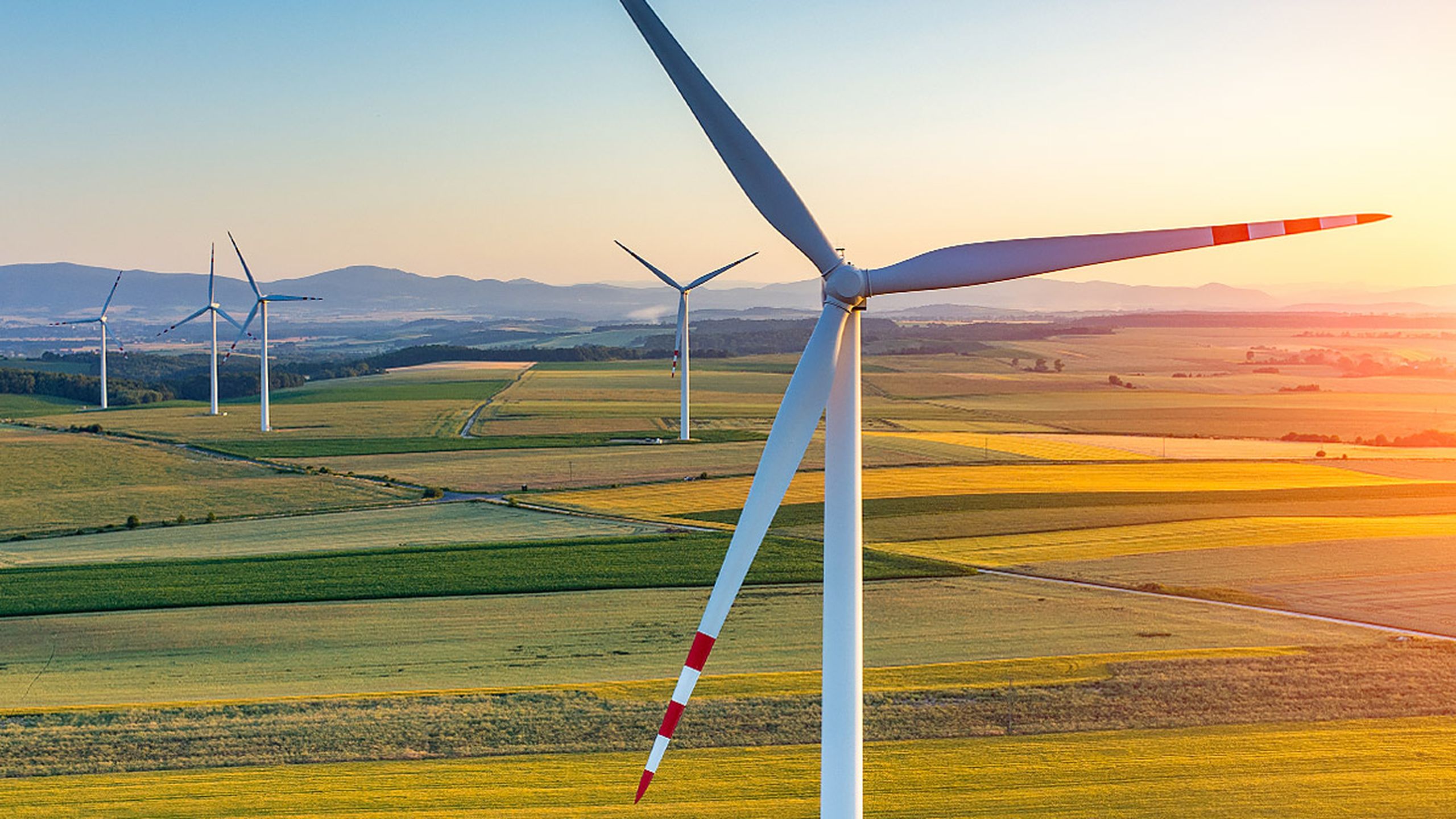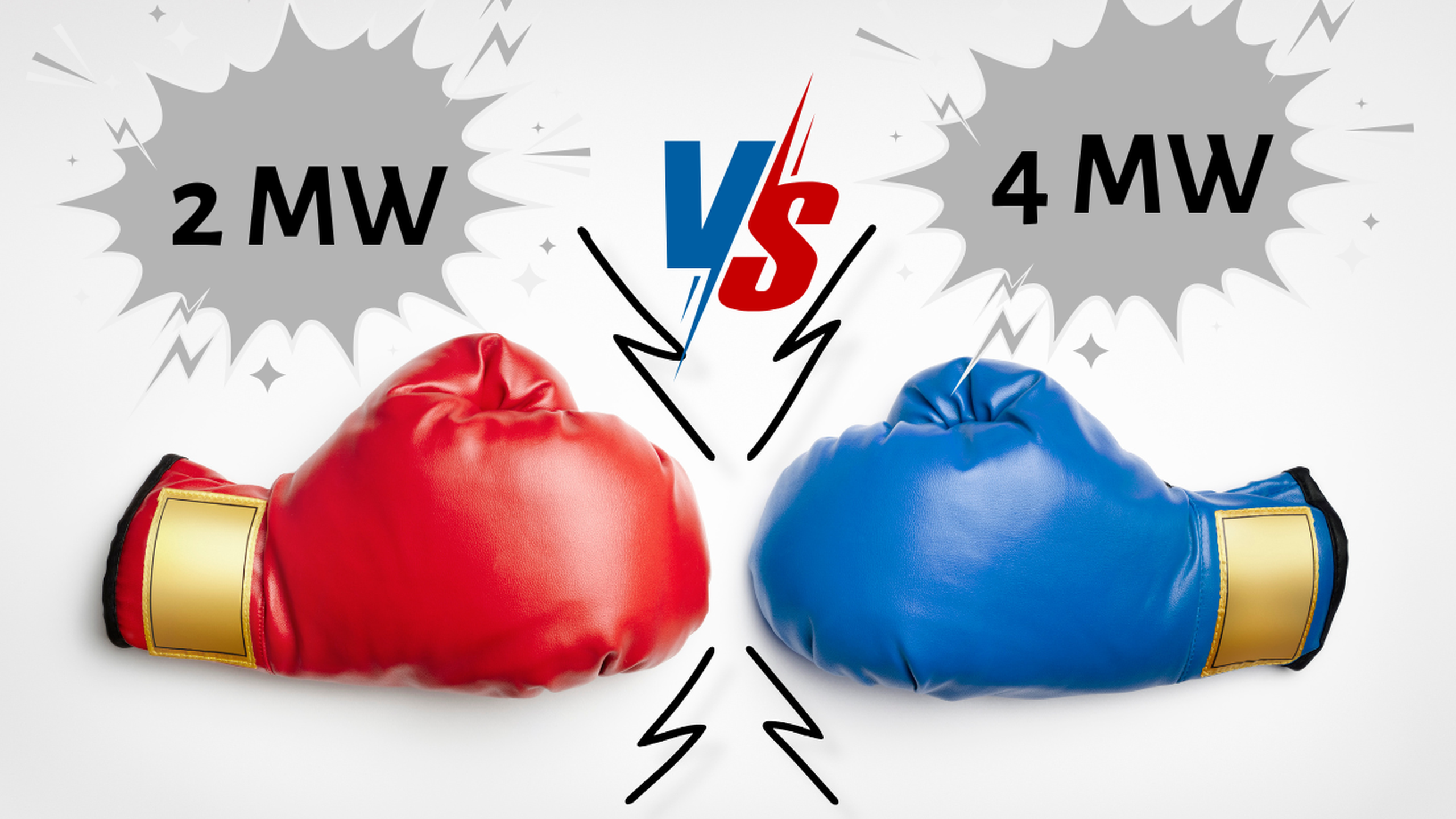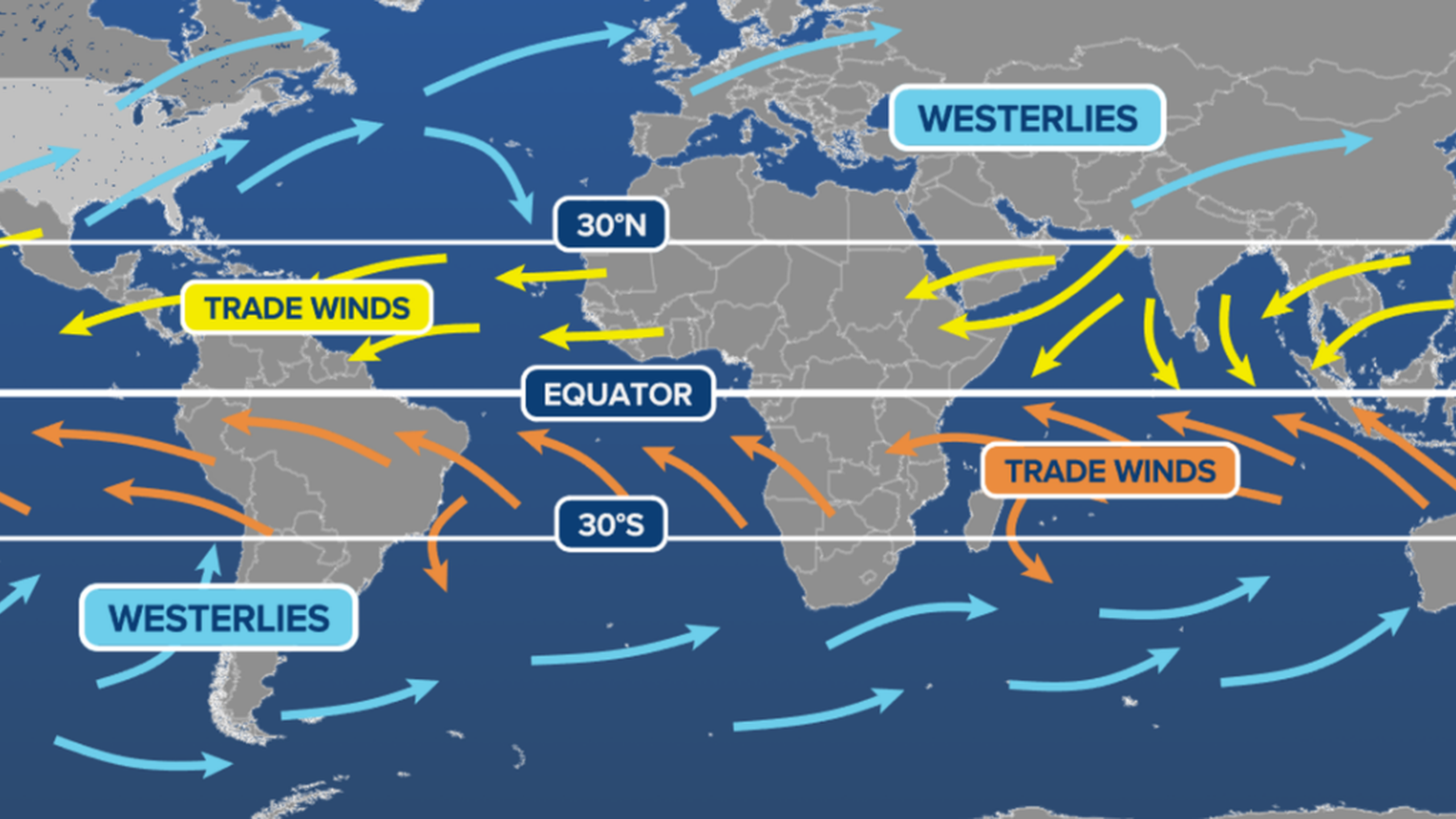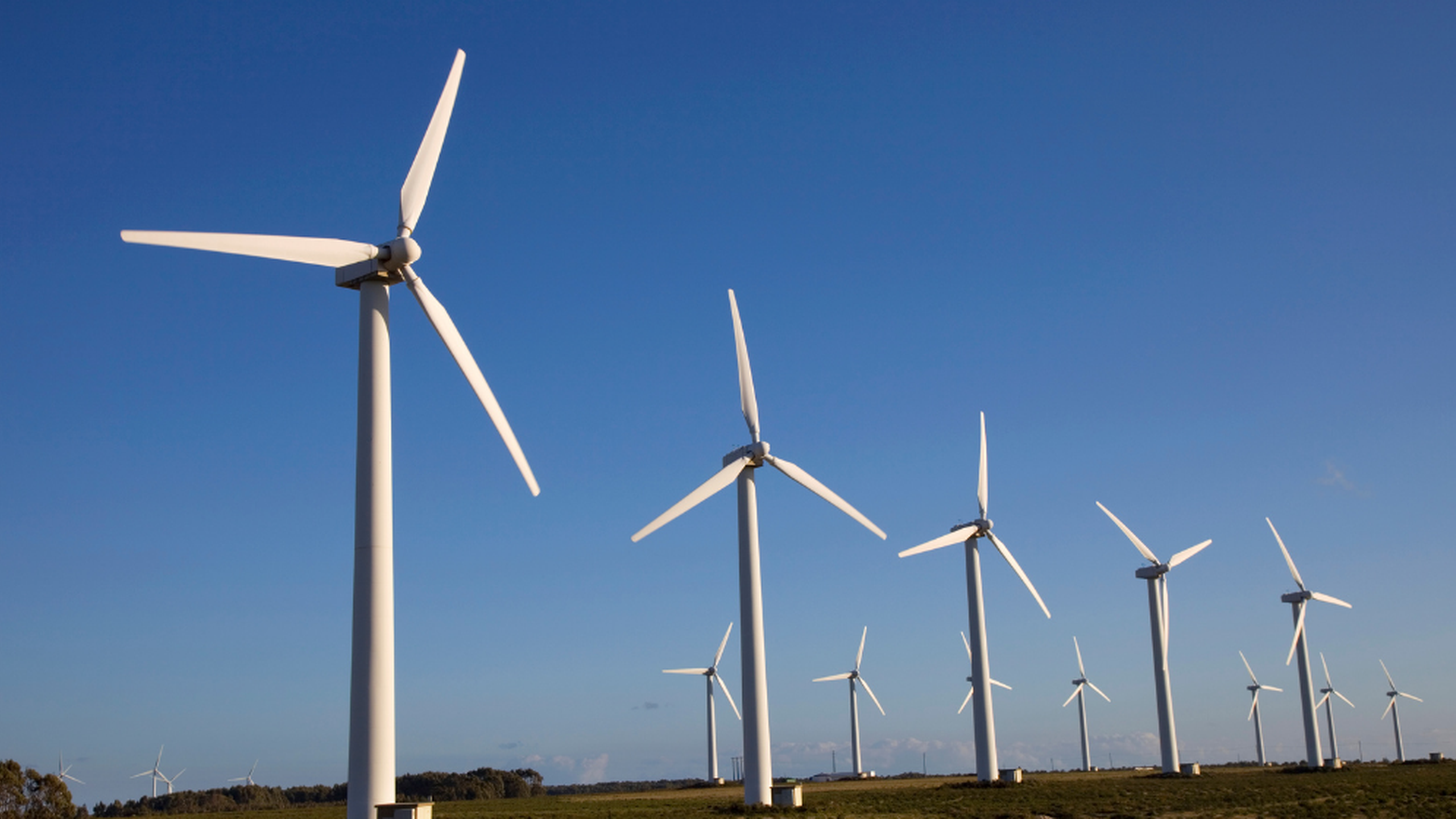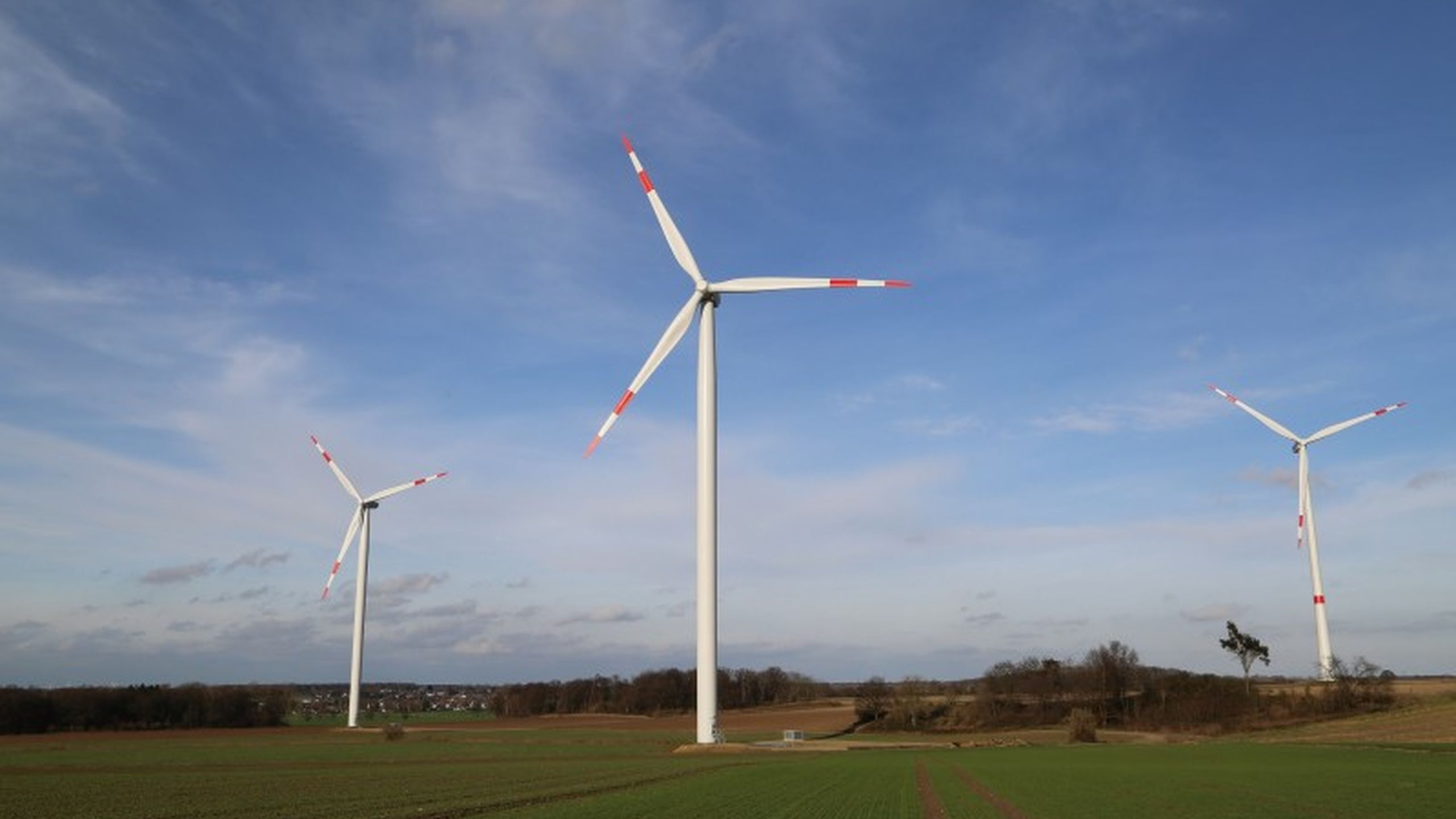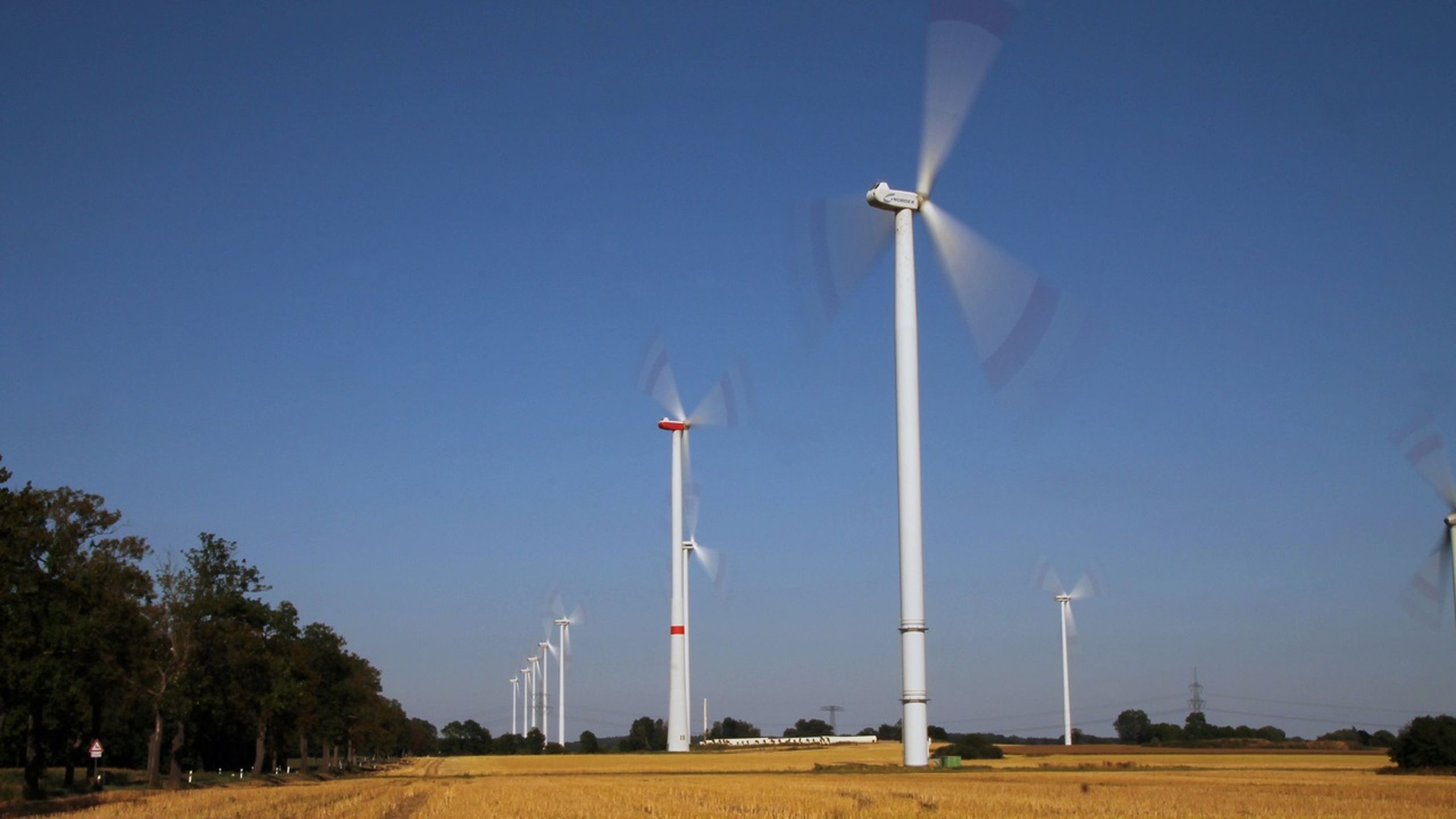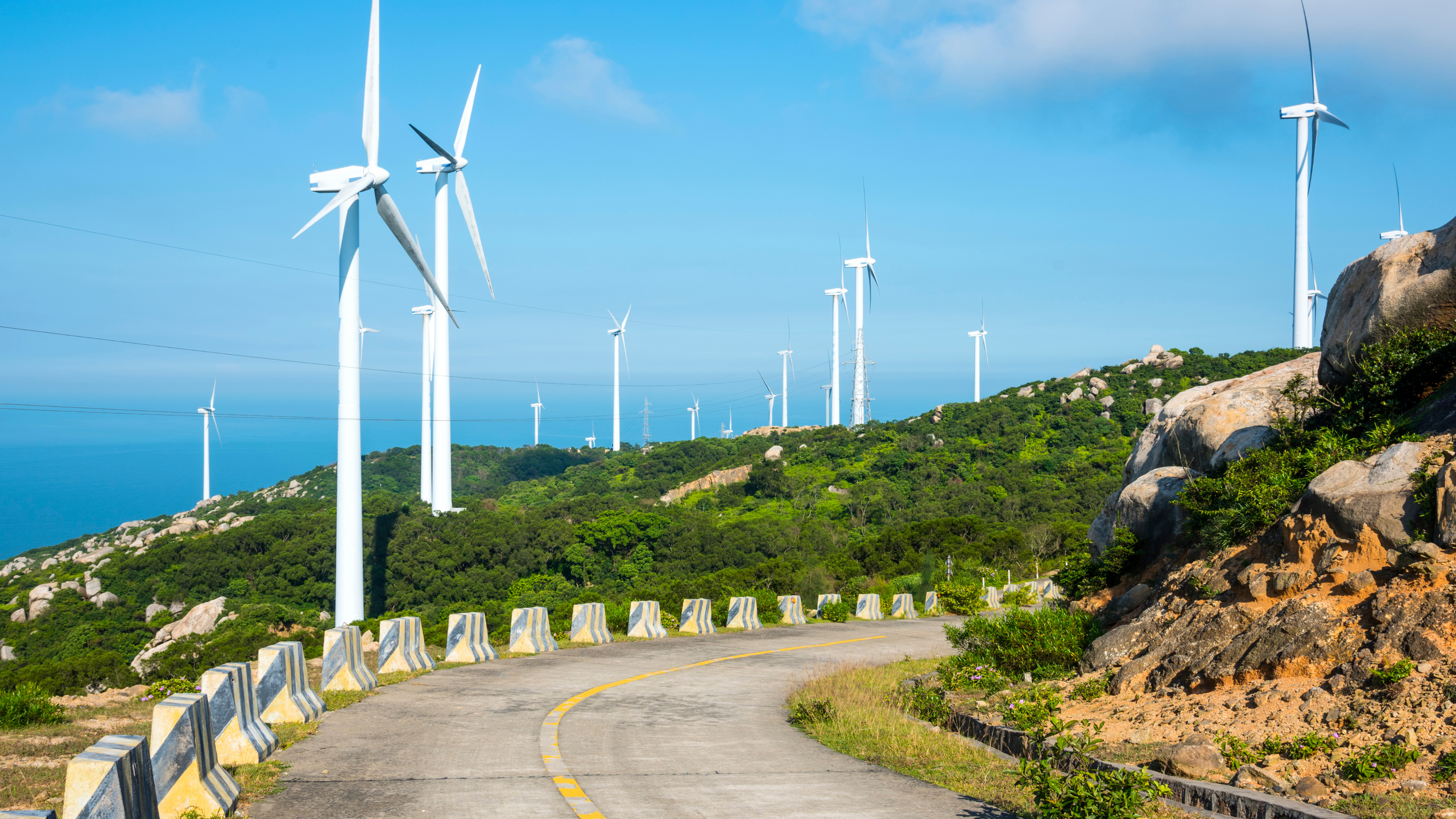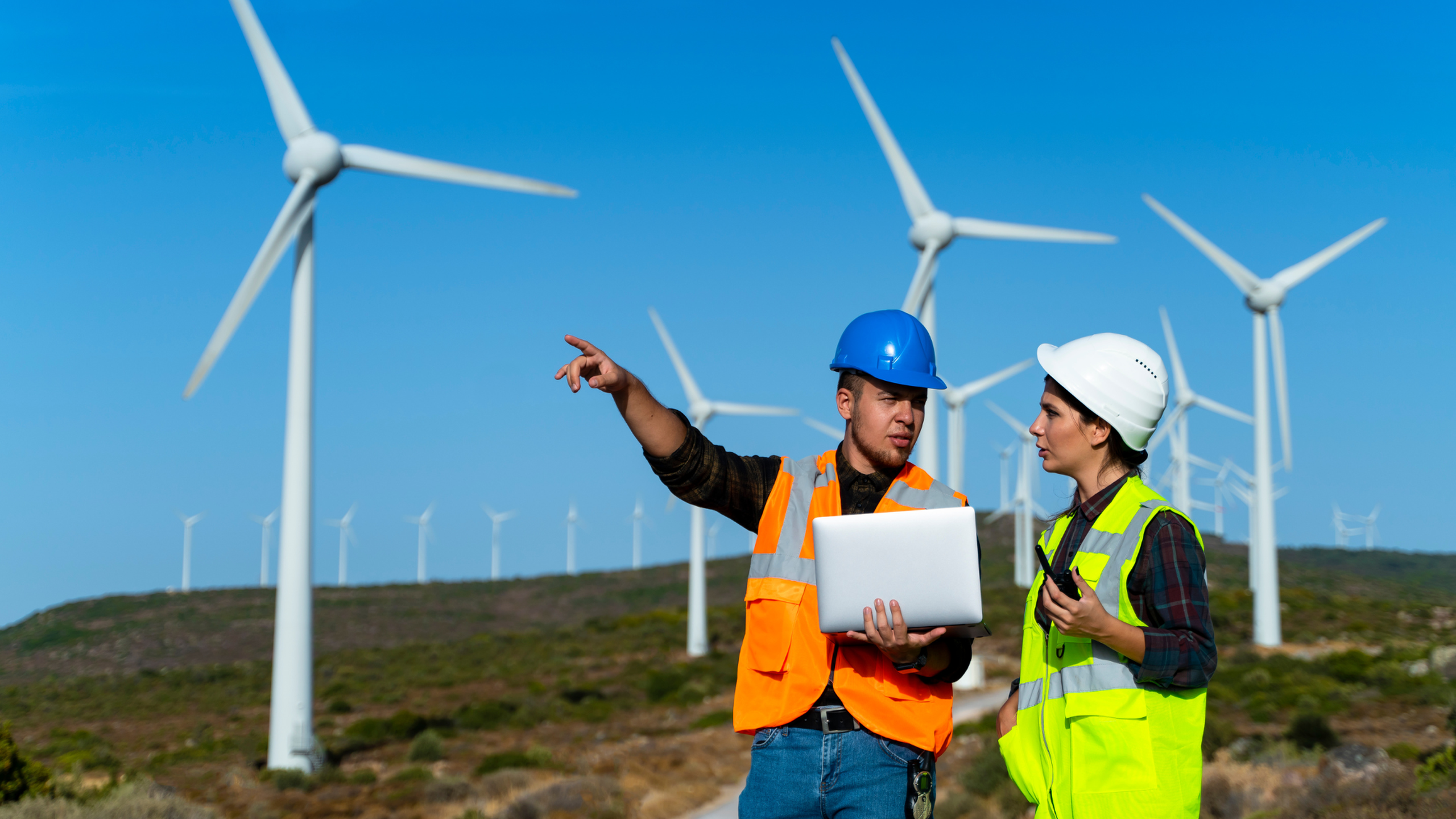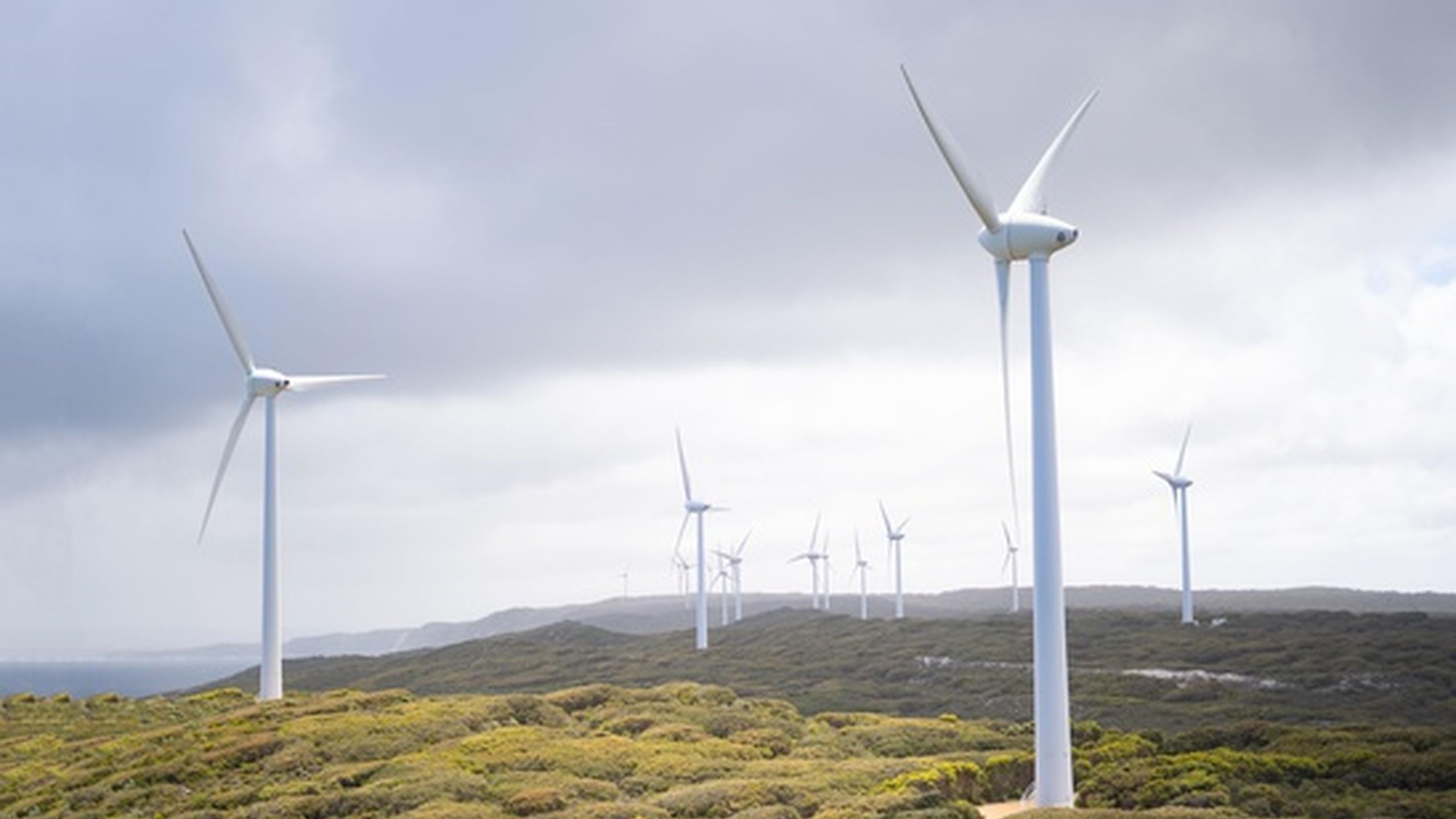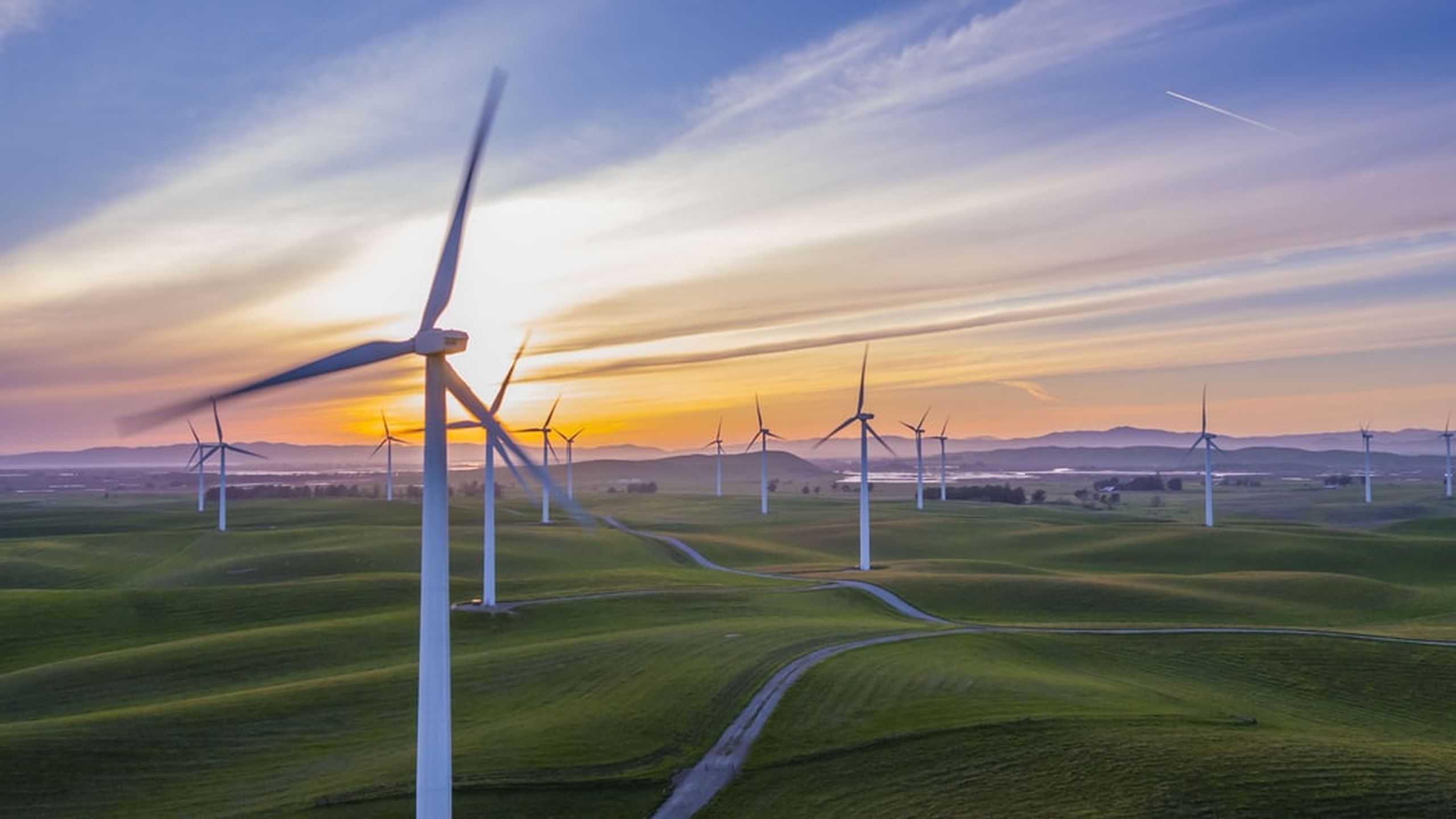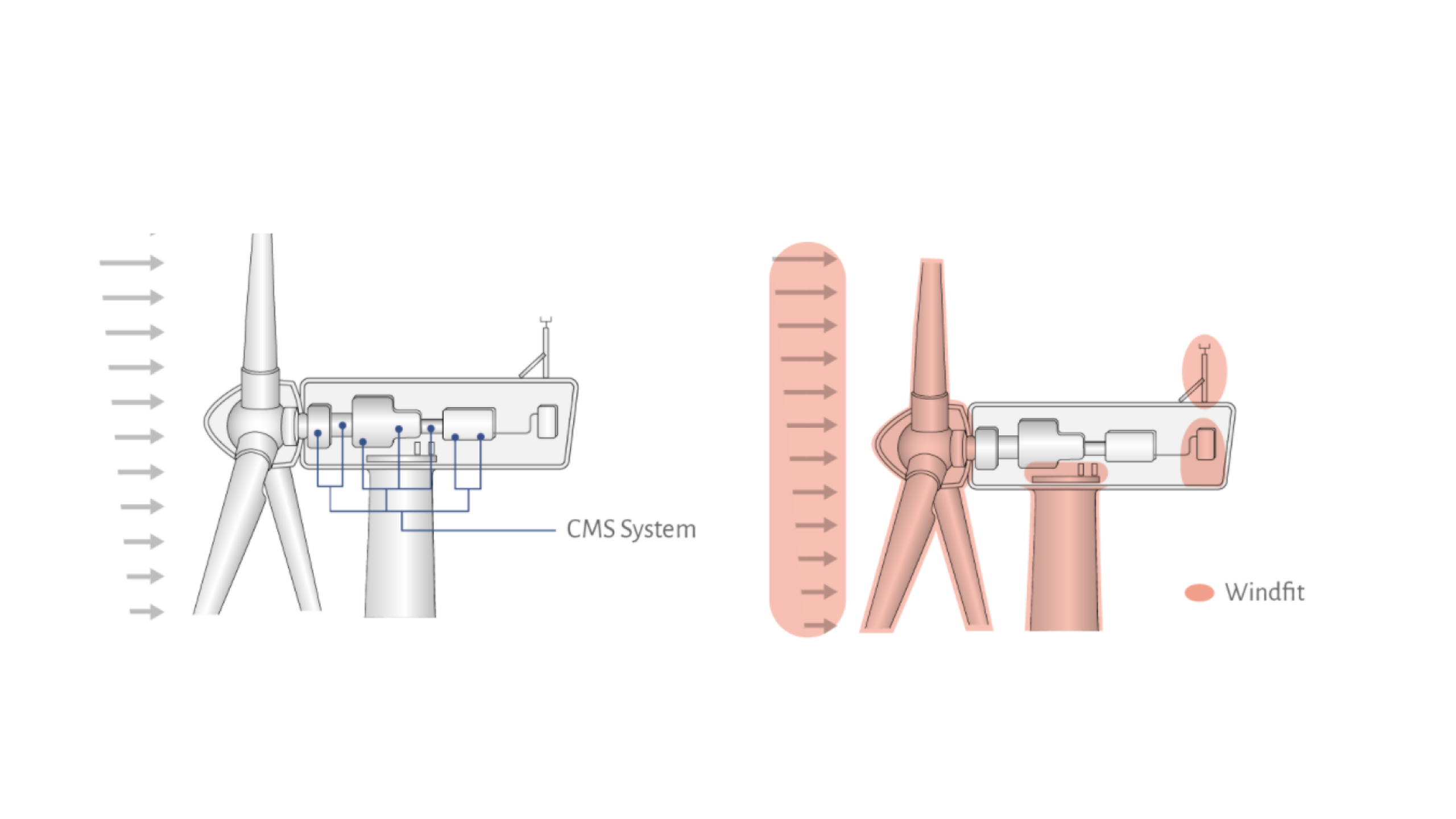Tech
Legacy vs. Modern Turbines: What We’ve Learned from 200 Turbines: (2 MW vs. 4 MW Fleets)
With rapid advances in wind turbine technology over the past decade, we wanted to see how those improvements translate into real-world performance. To do this, we compared …
Read MoreTech
Wind Direction Mystery Revealed
In our recent LinkedIn post, we challenged readers to guess the location of a wind direction pattern. If you’ve made it here, it means you’re curious to …
Read MoreTech
One Fleet, Many Rules: Mastering Maintenance Across Multiple OEM
Running a wind portfolio with turbines from multiple manufacturers can be a real headache. From our experience monitoring over 1,900 turbines across 137 models, one thing is …
Read MoreTech
Use Case: The Value of Turbine Control Upgrade on Wind Turbines with Data-Driven Insights
With Windfit’s granular data, the client not only confirmed the effectiveness of …
As renewable energy advances, improving the efficiency of existing wind assets has become crucial. Turbine control upgrades offer a cost-effective way to boost responsiveness, increase energy yield, …
Read MoreTech
Boosting Productivity of an Aging Wind Farm with Windfit
This use case showcases the transformative impact of the Windfit system on …
Read MoreTech
Load Curtailment Optimisation with Windfit- Case Study
Optimising wind energy assets is critical when operating under load curtailment, especially …
Load curtailment is often implemented under specific wind conditions aiming to protect the lifetime of the wind turbine, however, it is often not optimised for the turbine-specific …
Read MoreTech
Wind Turbine Curtailment: External events lowering energy yield
Curtailments consist of partially or totally imposed power reduction on a wind …
Curtailments consist of partially or totally imposed power reduction on a wind farm when the grid cannot absorb all the produced power or on individual turbines to …
Read More
